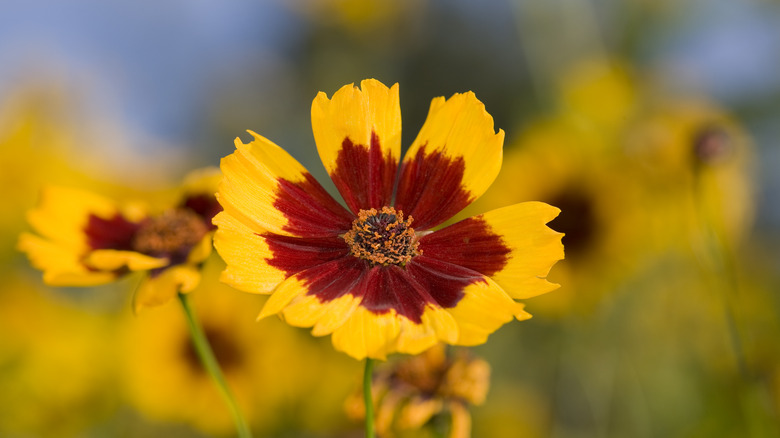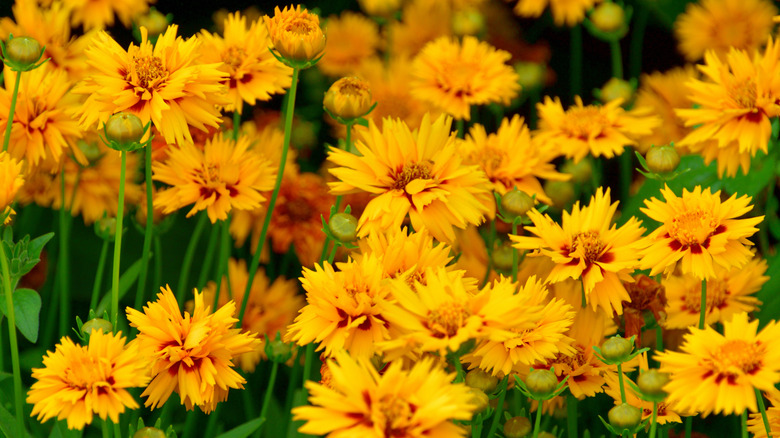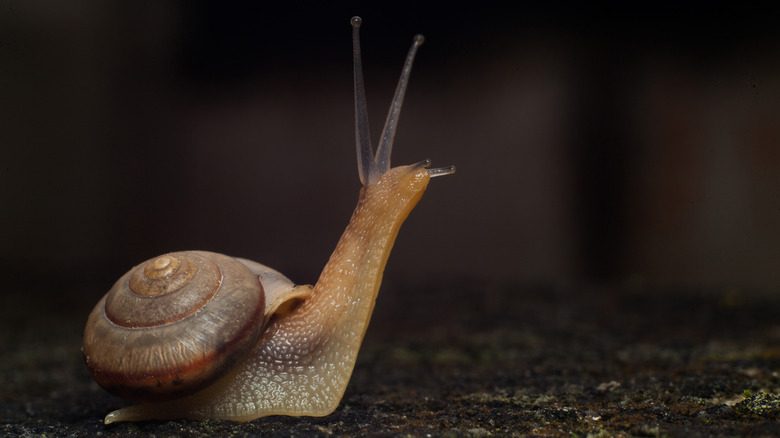Common Tickseed Issues You Should Know About Before Growing
There's nothing like the sprawling beauty and fresh air of an open prairie teeming with wildflowers. Tickseed, or the plant genus Coreopsis, is one of these gorgeous wildflowers that can bring a prairie aesthetic to your garden. Don't feel uneasy about the title! Tickseed is actually easy to grow. Of course, there are some general things you should know about the tickseed genus before you begin growing.
Tickseeds encompass 115 varieties or species of hardy annuals and perennials with a lengthy bloom from the beginning of summer to the end of fall. The flowers are considered low maintenance, but knowing how to avoid a few issues could make the easy-going plant even more successful at the first go around. When growing tickseed, some issues you can easily avoid include sun burning, self-seeding leading to less flowering, the occasional fungal disease, and the rare instances of slugs and snails. Let's start things off with how to achieve the prairie aesthetic with tickseed by optimizing its bloom and avoiding conditions that might scorch and dry you beautiful prairie.
Increasing tickseed blooming and avoiding sun burning
If you've decided to grow some tickseed flowers, choosing an area of your home or garden with at least 6 hours of direct sunlight is best. However, young tickseed plants can get sunburnt if they are transferred from indoors to outdoors too abruptly. If you're starting your flowers off indoors, you'll need to gradually introduce the plant to more direct sunlight each day. Sunburnt leaves appear white, yellow, or brown on the top while remaining green on their undersides. Always check the undersides of leaves to differentiate between sun burning and healthy foliage.
It is essential to understand that some tickseed plants such as Coreopsis tinctoria propagate by self-seeding. When a plant is self-seeding, much of the plant's energy and resources are directed towards propagation. Once a flower blooms and is visited by pollinators, the seeds are viable, and the flower withers. With viable seeds, further flowering by your tickseed becomes unnecessary. This might put a damper on your prairie. Deadheading your tickseed plants by removing the withered flowers will encourage new growth and continued blooming. Also, if you don't want tickseed running wild in your garden, deadheading and pocketing the seeds might be necessary.
Controlling fungal disease and pests
Tickseeds are drought-tolerant plants that prefer well-drained soil, so it can be sandy or rocky. Overwatering your plants can lead to fungal diseases like root rot. Specifically, tickseed can be prone to Sclerotium rolfsii. Such diseases appear as browning or yellowing at the base of stalks near the soil, with the same discoloration appearing as patches on the leaves.
Tickseed should only be watered if there is 2 to 3 inches of dry soil at the surface. Generally, keep the top 6 inches of soil moist but not waterlogged. Keeping good air circulation can also reduce disease. Initially planting tickseed approximately 12 to 18 inches apart should help with good airflow.
Though it is rare, during the rainy season, snails and slugs may begin to encroach on your tickseed. These lumbering pests can be controlled with pesticides, but you can create a barrier to protect your plants with WD-40. You can also use an organic solution such as vinegar to control snails and slugs in the garden.


